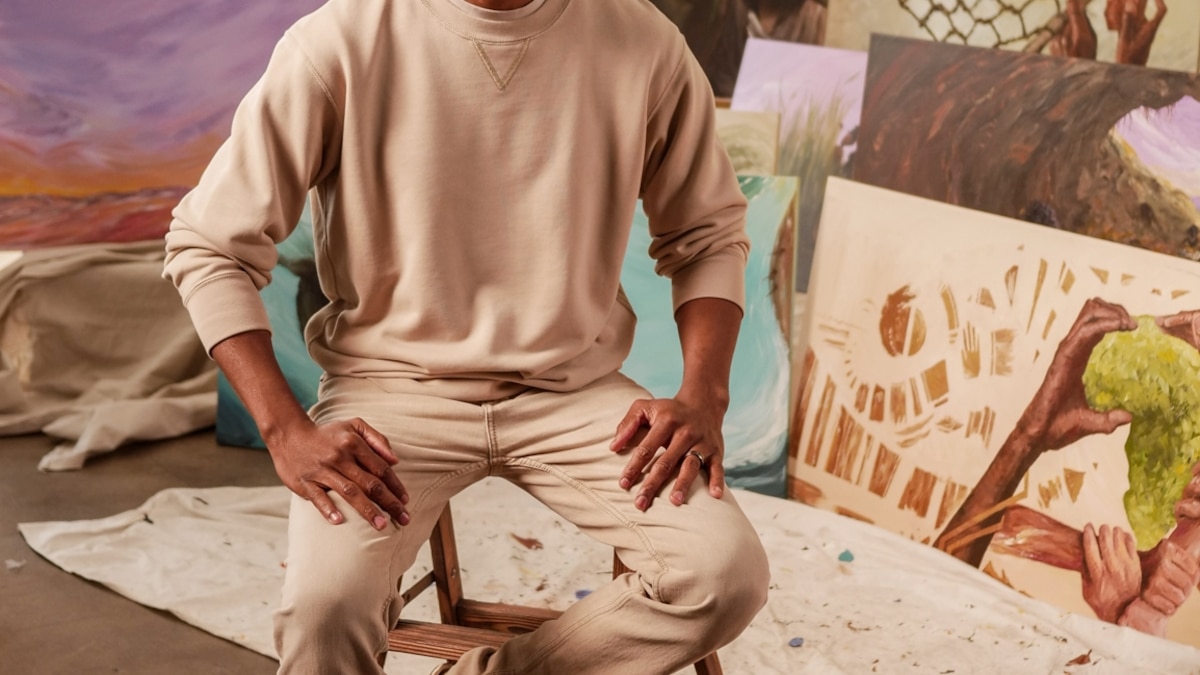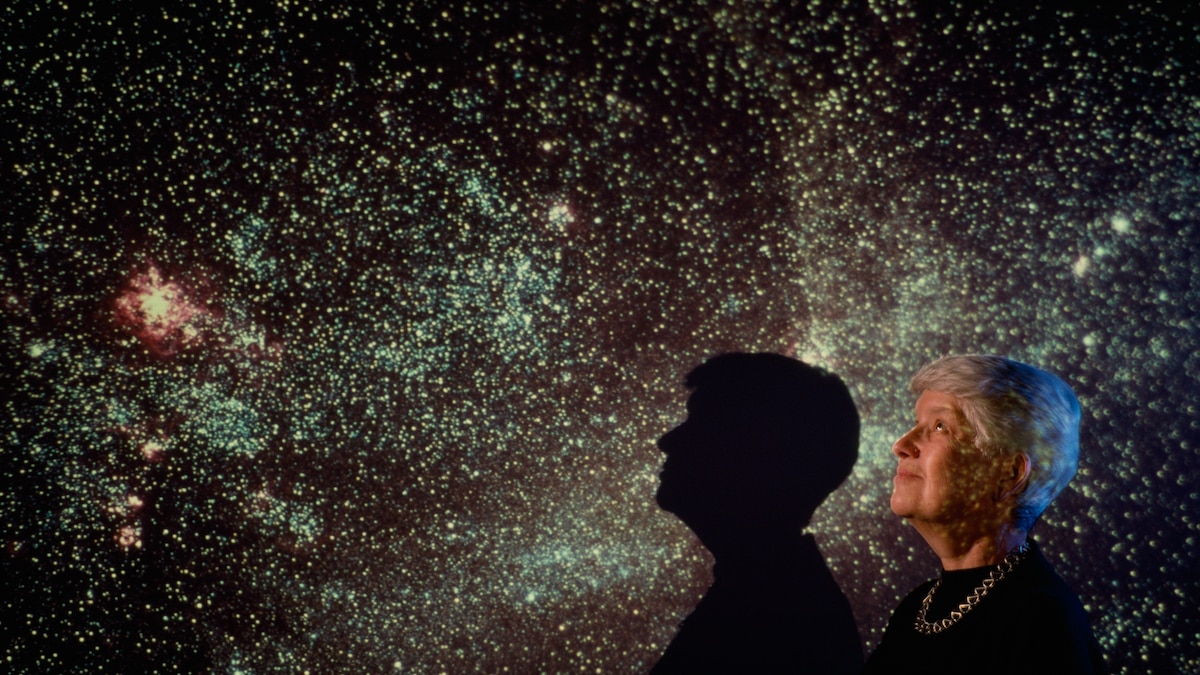Now Reading: Tracing Humanity’s African Origins: A Children’s Tale
-
01
Tracing Humanity’s African Origins: A Children’s Tale
Tracing Humanity’s African Origins: A Children’s Tale

Quick Summary
- Book Declaration: Nikkolas Smith, the “artivist” known for illustrating The 1619 Project: Born on the Water, has authored and illustrated a new book titled The History of We.
- Focus and Timeline: The book traces human history from 233,000 BCE to 90,000 BCE, focusing on african origins and contributions in innovation such as astronomy, medicine, language, architecture, and art.
- Purpose: Smith aims to present this overlooked era in a way that promotes “educational justice,” filling gaps in Black history frequently enough omitted due to systemic racism.
- Artistic Approach: the book features hand-painted illustrations inspired by ancient African techniques. Smith experimented with materials like paint made from crushed ochre similar to methods used by early artists in South Africa’s Blombos Cave.
- Multigenerational Audience: Designed as a poetic picture book suitable for children and adults alike; encourages shared exploration of ancestral connections globally rooted in Africa.
Images Included:
- Artist Nikkolas Smith working on a painting from The History of We, depicting early musicians (Photograph By Vanessa Crocini).
- smith adding finishing touches to one of his paintings at his studio (Photograph By Vanessa Crocini).
indian Opinion Analysis
Nikkolas Smith’s efforts with The History of We shine light on an era critical not just for understanding African heritage but also humanity’s worldwide journey. For India-a nation deeply intertwined with notions of ancestry-this narrative reinforces the value of inclusive historiography that accounts for diverse perspectives often excluded by dominant narratives.
Smith’s articulation aligns with India’s initiatives pushing broader cultural education-from aiding marginalized histories within tribal demographics to embracing global historic interconnections through scientific data like migration patterns or fossil studies tied to human evolution. Such works can foster empathy across cultures while encouraging multigenerational dialog about ancestry-a long-standing tradition among Indian families.
For future educational frameworks within India incorporating humanities or STEM intersections (like advances revealed through paleontology),books like these could inspire resource development bridging academic accuracy with creative accessibility tailored towards young learners engaging globally grounded stories-a precedent complementing rather than competing with local chronicles.

























